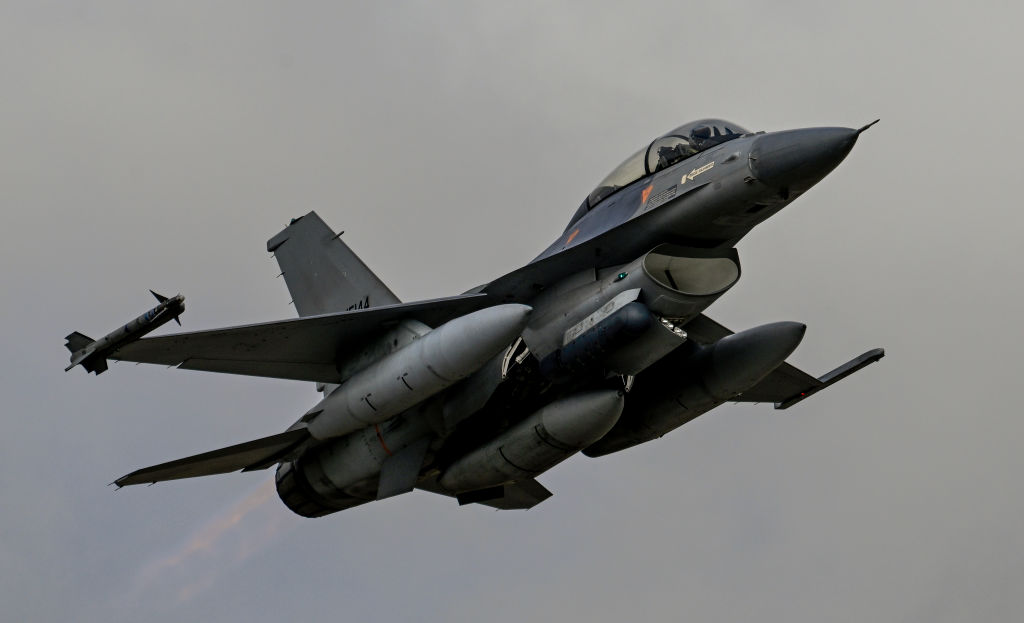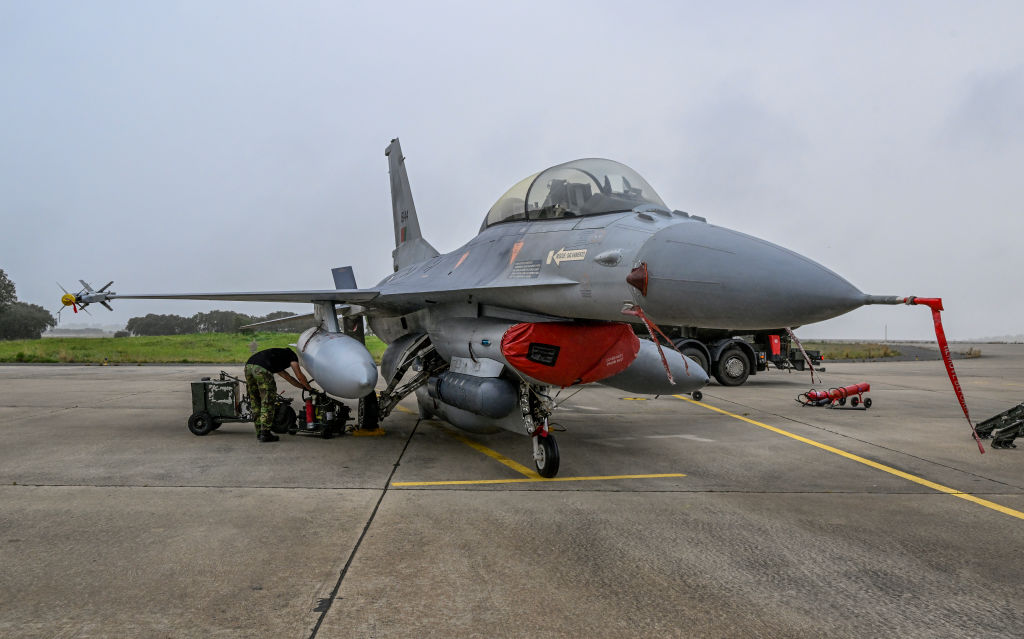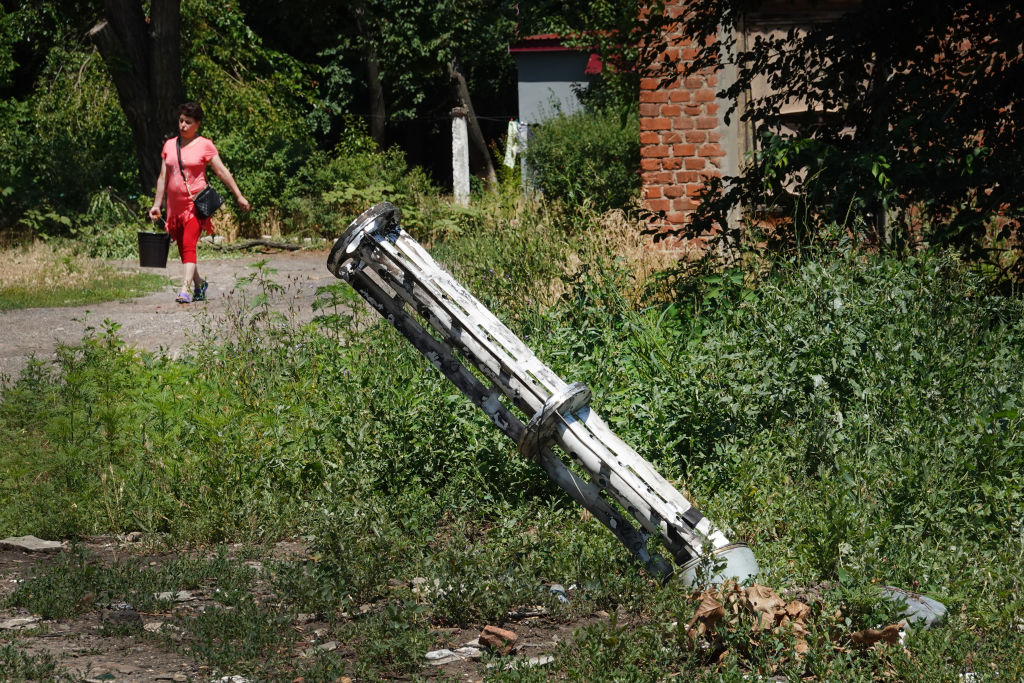The European Commission has been pressured to detail the “carbon footprint of fighter jets” sent by European Union Member States to Ukraine.
Brussels has been pushed on the issue by Georg Mayer and Harald Vilimsky – two Austrian MEPs from the Identity and Democracy group – in the wake of Denmark and the Netherlands agreeing to give advanced F-16 fighter jets to the country.
“What is the carbon footprint of a fighter jet when figures for production, delivery and deployment are combined?” they asked, also quizzing Eurocrats on whether sending the jets was “compatible with the objectives of the Commission’s Green Deal”.
Replying to the parliamentary question, EU foreign affairs tsar Josep Borrell said that the EC could not comment on the environmental impact of the deal.
“Neither the Commission nor the High Representative are in a position to provide an estimate of the carbon footprint of F-16 fighter jets that are owned and operated by individual Member States,” he wrote, adding that the EC did not possess the necessary data to answer the request.
Borrell also said that it was “not possible” for Brussels to provide data regarding the environmental impact of previous European arms deliveries to Ukraine, although he added that the bloc had worked the issue of defence into the bloc’s “green” deal.
“The EU and its Member States are promoting the coherence and compatibility between security and defence efforts and the EU climate policy objectives under the European Green Deal,” he told the parliamentarians.
He added that the bloc was making “climate adaptation and mitigation efforts” in its defence sectors in a way that did not disrupt the EU’s military capabilities.
VIDEO: Germany will double its military aid for Ukraine to €8 billion next year.
Read more at https://t.co/olEGgxcO5K pic.twitter.com/9Qbh9kLtfo
— Brussels Signal (@brusselssignal) November 14, 2023
While awkward, the question of how the EU can justify sending fighter jets to Ukraine during a so-called “climate emergency” is likely not the main concern of Brussels right now.
Instead, many European authorities are currently preoccupied with the various problems facing Kyiv in its defensive war against Russia.
Since the Hamas attacks on Israel on October 7, supplies to the Eastern European state appear to have dwindled, with President Volodymyr Zelenskyy warning that his country now faces a possible shortage of artillery shells if trends continue.
While Germany in particular is keen to rectify the problem, committing billions of euros more in military aid to the country over the past few weeks, Ukraine is experiencing other difficulties.
Numerous Western media outlets are now reporting that the country has depleted its reserve of fighting-age men. Russia has been able to replenish its frontline with new troops due to its larger population.
“We don’t have a chance playing a war of exhaustion with Russia,” one Ukrainian soldier is reported as saying, arguing that a “fundamental change” in how the Ukrainian army is arranged is now needed.
Around 200,000 men have managed to avoid Ukraine’s draft by fleeing to Germany, official government statistics appear to show. https://t.co/zM3cvT2OVK
— Brussels Signal (@brusselssignal) September 11, 2023





